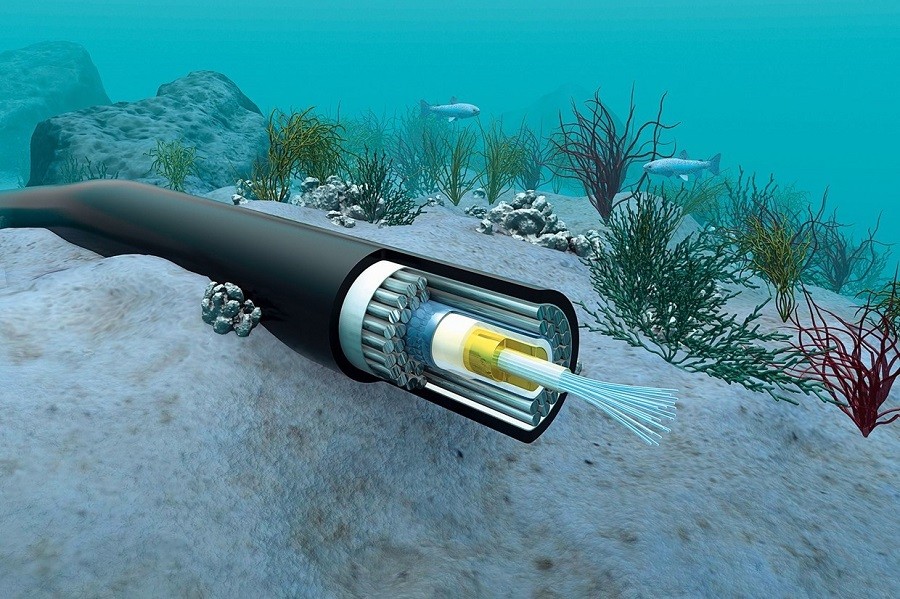Secured IP Bandwidth
Secured IP Bandwidth

Submarine Cable IP Bandwidth (SMCIPBW) Internet access and connectivity through Submarine Cable systems. Where Internet means worldwide collection of public and private router based networks that are connected via gateways and exchange points and which will all utilize TCP/IP protocol suite.
A submarine communications cable is a cable laid on the sea bed between land-based stations to carry telecommunication signals across stretches of ocean. The first submarine communications cables, laid in the 1850s,carried telegraphy traffic. Subsequent generations of cables carried telephone traffic, then data communications traffic. Modern cables use optical fibertechnology to carry digital data, which includes telephone, Internet and private data traffic.
Modern cables are typically about 25 millimetres (0.98 in) in diameter and weigh around 1.4 kilograms per metre (0.4 lb/ft) for the deep-sea sections which comprise the majority of the run, although larger and heavier cables are used for shallow-water sections near shore. Submarine cables connected all the world's continents except Antarctica when Java was connected to Darwin, Northern Territory, Australia in 1871 in anticipation of the completion of the Australian Overland Telegraph Line in 1872 connecting to Adelaide, South Australia and thence to the rest of Australia.
The service provided by Itel IIG represents the Long-haul communication between Bangladesh and the rest of the world. Itel IIG is one of the growing companies in the Telecom sector of Bangladesh. It is a leading company for implementation of National ILDTS & ICT policies to develop modern tele-network and high speed Broadband Internet in Bangladesh. The submarine cable network is expected to be the main telecommunications infrastructure for “Digital Bangladesh” by the year 2021 and Itel IIG is certainly going to play a major role. By providing high capacity fiber optic submarine cable bandwidth and state of the art Internet Transit facilities, Itel IIG is effectively connecting the people to the “Information Super Highway”.
